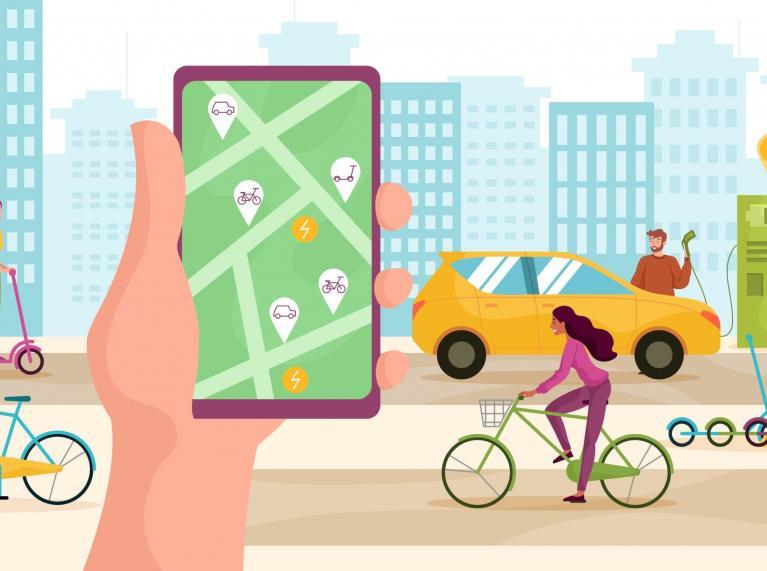It is now a year since things started moving again on our streets, following two months of strict traffic restrictions made necessary by the health crisis at that time.
Initially, the restrictions led to a notable improvement in atmospheric emissions, and the data was encouraging; for example there was an 83 % reduction in air pollution in Barcelona.
This has led to a rethink of our relationship with sustainable mobility, and how it can contribute in important ways to healthier lifestyles.
Several initiatives have made it possible to ensure that people can get about in ways that are safe, and that help to ensure good air quality in our cities.
What are the main changes to mobility in our cities?
- An increase in pedestrianised areas to encourage people to walk, to comply with the necessary hygiene measures and to respect social distancing on our streets.
- More bicycle lanes, with the aim of encouraging the use of bicycles, including bike share schemes, as an alternative to vehicles that pollute.
- Creating new public transport lanes on more stretches of road to develop broader networks and provide a safer, more accessible service for city residents.
- Regulating the use of private motorised vehicles that pollute, and promoting shared transport options and the use of electric vehicles.
- Traffic decongestion and a reduction in vehicle use thanks to new work patterns, such as working from home and flexible working hours.
- Fostering the use of mobility service apps such as smou, to make getting around the city easier.
New concept of urban mobility
With the changes that have taken place over the last year, the trend in urban mobility is increasingly towards sustainable, electric, shared and digitally connected mobility.
The question we need to ask ourselves is whether these changes in the ways we get about the city will be lasting ones, with new concepts of urban mobility such as car sharing, green cities, the last mile, urban micro-distribution and Mobility-as-a-Service (MaaS) becoming ever more familiar to us.



